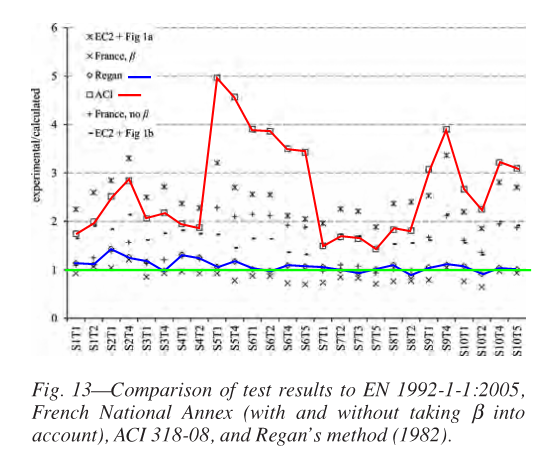Hi guys.
I am doing one-way slabs and hope you can clean up my doubts about the one way shear in slab.
As they are one-way slabs I treat them as wide beams.
Normally it works fine but this time after carrying out the calculations the slabs fail in shear because of there are some huge point loads near the support.
So my question is how do you guys deal with it? I mean, Normally we don't arrange fitments in slab, so it seems that increasing the thickness of the slab is the only way now if I don't change the structure system?
Thanks
I am doing one-way slabs and hope you can clean up my doubts about the one way shear in slab.
As they are one-way slabs I treat them as wide beams.
Normally it works fine but this time after carrying out the calculations the slabs fail in shear because of there are some huge point loads near the support.
So my question is how do you guys deal with it? I mean, Normally we don't arrange fitments in slab, so it seems that increasing the thickness of the slab is the only way now if I don't change the structure system?
Thanks

